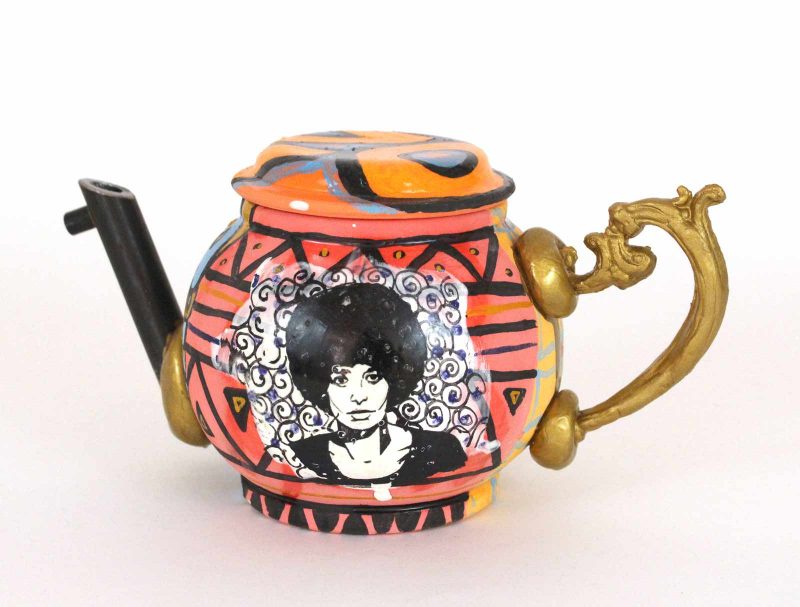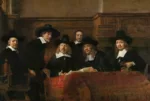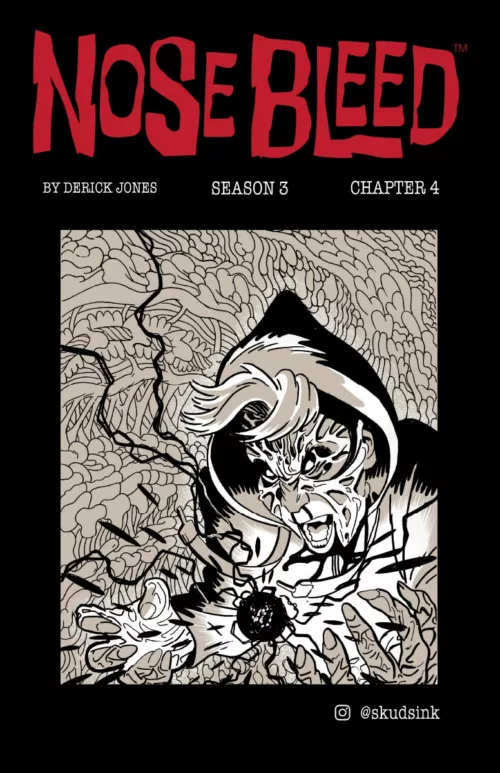
This groundbreaking exhibition documents the image, influence, and activism of Angela Davis. With some 220 objects, Seize the Time not only examines Davis’s arrest, incarceration, trial and the national and international campaigns to free her, but also positions her as a continuing touchstone for contemporary artists. The exhibition is on view through June 15, 2022.
The Zimmerli Art Museum’s Angela Davis – Seize the Time is inspired by and centered on an archive created by Oakland archivist Lisbet Tellefsen. The exhibition opens with material from the spring of 1969, when Davis was offered a teaching position at UCLA, which was rescinded, reinstated, and ultimately terminated – all within about a year’s time – because of her membership in the Communist Party and her political activism.
In the summer of 1970, she was accused of involvement in a shootout that resulted in the death of four men. Fearful for her life, Davis went underground, spending months as a fugitive, until her arrest in New York City in the fall. Denied bail, she spent the next 16 months in jails in New York and California. During this time, the white media painted Davis as a dangerous Black radical, but her image also became a key weapon in an unprecedented international effort to free an incarcerated Black woman. The work of Black artists who produced art in support of Davis, including, Elizabeth Catlett, Wadsworth Jarrell, and Faith Ringgold, are shown in the galleries alongside posters by unknown artist activists.
Davis’s trial began in February 1972 and is presented through television footage, magazines, press photography, court sketches, and legal writings. In June, the all-white jury returned a verdict of not guilty on all counts. Upon her release, Davis resumed her academic and teaching career, publishing foundational texts on intersectional feminism, and continued to engage in the ongoing struggle for justice and prison abolition.
The sense of the archive as an active communal conversation shaped the conception of the exhibition. Interwoven within the rich accumulation of historically grounded material are works by contemporary artists. This productive tension between past and present, fact and imagination, helps to assert Davis’s significance in a broader narrative about memory and possibility:
- Roberto Lugo’s “To Disarm: Angela Davis / Harriett Tubman” (2020) pairs the two women, both involved with the abolition movements of their respective eras. This teapot is part of his To Disarm series, a meditation on the representation of Black and Latinx figures, gun violence, and the disproportionate incarceration rates in Black and Brown communities.
- Coco Fusco’s 2004 video “a/k/a Mrs. George Gilbert” examines the FBI’s frenzied pursuit of Davis and the arrest and harassment of young Black women whose natural hairstyles aligned them with images of Davis.
- Sadie Barnette’s installation focuses on the FBI’s COINTELPRO harassment of Black and other radicals, including her father Rodney Barnette, who was a Black Panther and acted as bodyguard for Angela Davis.
- A new installation by artists Steffani Jemison and Justin Hicks engages with Black history, music, and memory with references to Angela Davis, Nina Simone, and Lorraine Hansberry. The work points to the elusive experience of being “present in passing,” and connects to the exploration of restlessness, migration, and fugitivity.
Works by additional artists – Terry Boddie, Bethany Collins, Mel Edwards, Renée Green, Yevgeniy Fiks, Juan Sanchez, Carrie Schneider, Stephen Tourlentes, Keith Walsh, among others – further expand the parameters of the exhibition. Images, music, and words actualize and revisit communal memories of Davis and the issues that she has been committed to for more than fifty years.
Angela Davis — Seize the Time is co-curated by Donna Gustafson, the Zimmerli’s Curator of American Art and Mellon Director for Academic Programs, and Gerry Beegan, professor in Art & Design at Rutgers’ Mason Gross School of the Arts at Rutgers University, with the assistance of an advisory group of intersectional scholars, artists, activists and archivists, including Nicole Fleetwood, Daonne Huff, Ericka Huggins, Steffani Jemison, and Lisbet Tellefsen. The exhibition is accompanied by a catalogue of the same title, which is available in the museum and from Hirmer Publishers and The University of Chicago Press. It also travels to the Oakland Museum of California in the fall of 2022.
This project is supported in part by the National Endowment for the Arts and The Andy Warhol Foundation for the Visual Arts. Grant funding has been provided by the Middlesex County Board of County Commissioners through a grant award from the Middlesex County Cultural and Arts Trust Fund. Additional support is provided by Andrew W. Mellon Foundation Endowment, Voorhees Family Endowment, Estate of Regina Heldrich, and donors to the Zimmerli’s Major Exhibitions Fund: Kathrin and James Bergin, Joyce and Alvin Glasgold, and Sundaa and Randy Jones.
ABOUT ZIMMERLI ART MUSEUM | RUTGERS
The Jane Voorhees Zimmerli Art Museum houses more than 60,000 works of art, with strengths in the Art of the Americas, Asian Art, European Art, Russian Art & Soviet Nonconformist Art, and Original Illustrations for Children’s Literature. The permanent collections include works in all mediums, spanning from antiquity to the present day, providing representative examples of the museum’s research and teaching message at Rutgers, The State University of New Jersey, which stands among America’s highest-ranked, most diverse public research universities. Founded in 1766, as one of only nine colonial colleges established before the American Revolution, Rutgers is the nation’s eighth-oldest institution of higher learning.
“Angela Davis — Seize the Time” is on view through June 15, 2022 at Zimmerli Art Museum (71 Hamilton Street, New Brunswick, NJ, 08901) – Voorhees Gallery. Admission at the Zimmerli is FREE to everyone. Tickets are not required for exhibitions.









